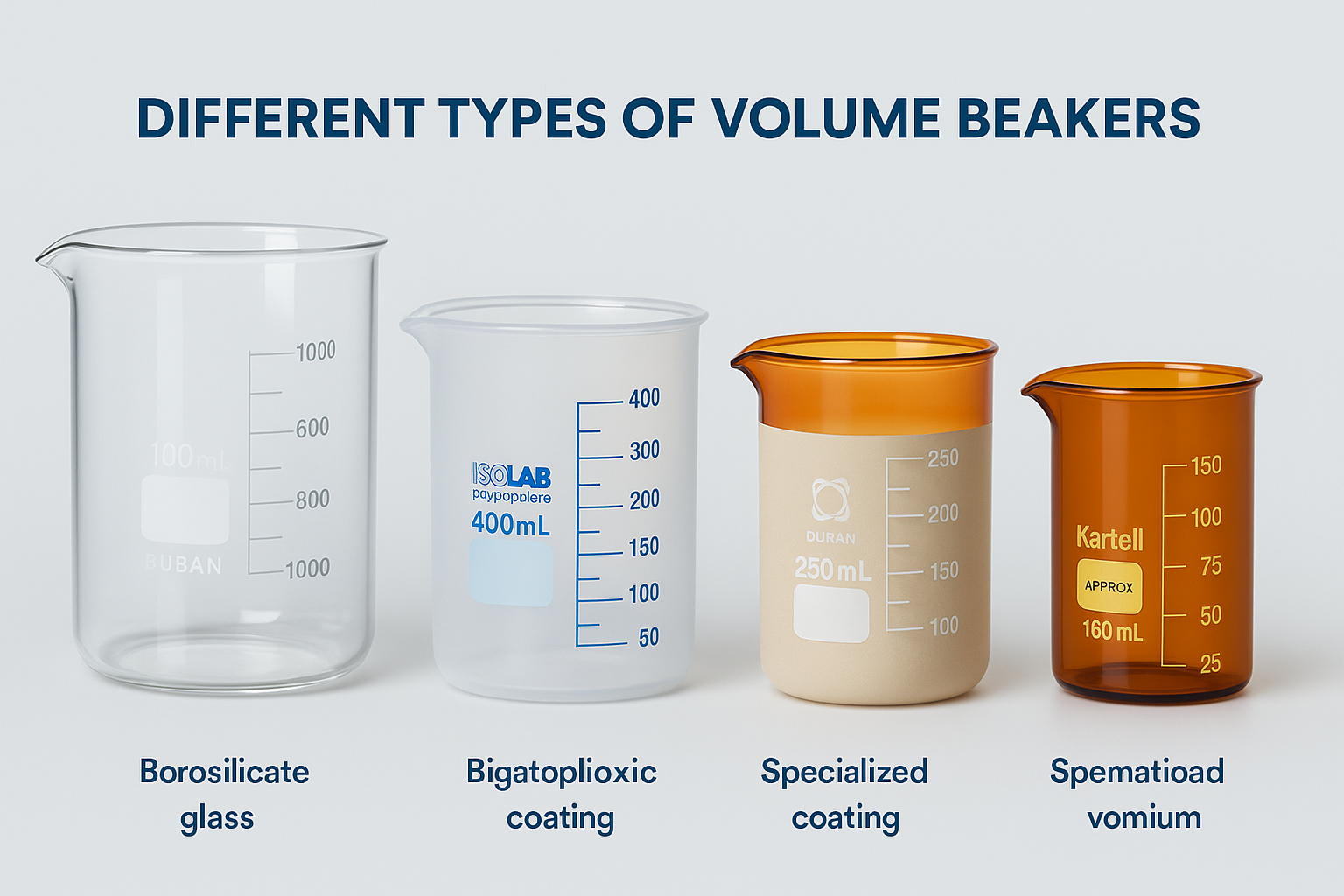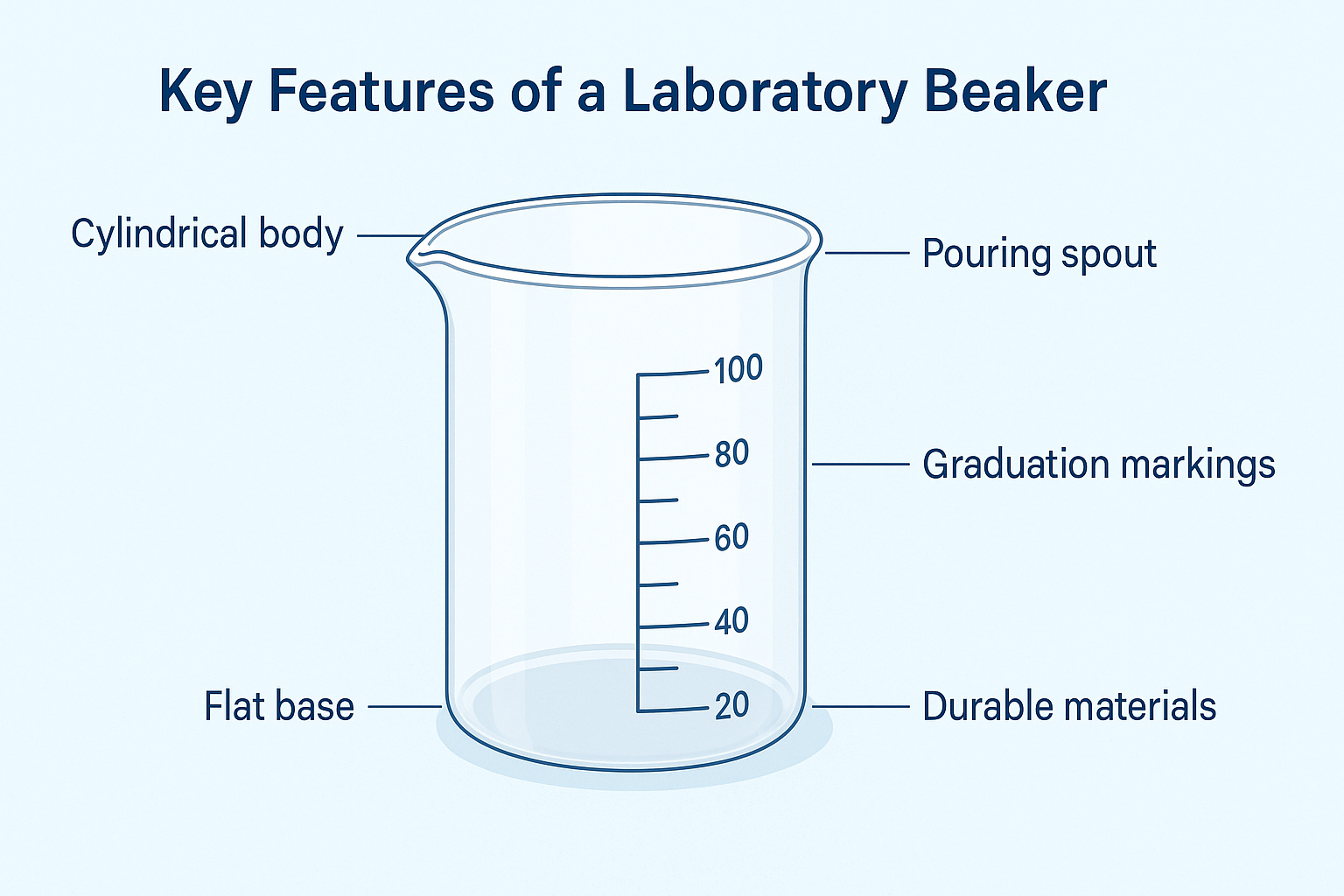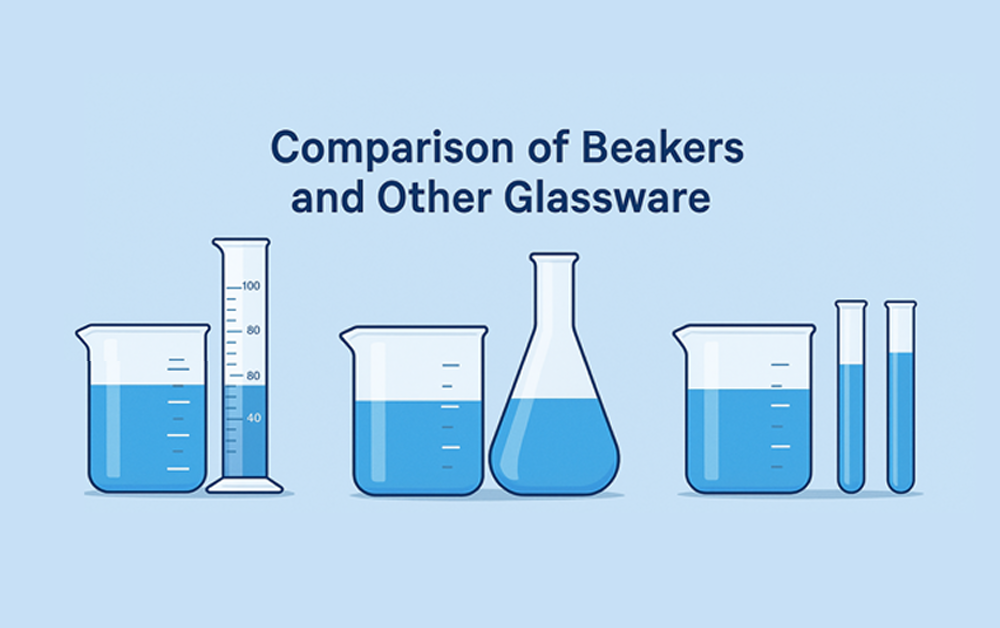In every laboratory, certain items are so essential that no workbench feels complete without them. One of the most recognisable is the volume beaker. At first glance it may seem simple, but its role in science and industry is much greater. Understanding what it is, how it is used, and how it differs from other glassware helps professionals choose the right tool for accuracy, safety, and efficiency.
What is a Volume Beaker?
A volume beaker is a cylindrical laboratory container designed for mixing, heating, holding, and transferring liquids. Its graduated markings allow quick, approximate volume estimates, though not as precise as a cylinder or volumetric flask.

Common manufacturing materials include:
- Borosilicate glass (e.g., DURAN® from DWK Life Sciences) – highly resistant to heat and chemicals.
- High-quality plastics (e.g., polypropylene from Kartell or ISOLAB) – lightweight and durable.
- Specialised coatings – for added safety in teaching and industrial labs.
Trusted brands include BRAND, LLG Labware, Kartell, ISOLAB Laborgeräte GmbH, and DWK Life Sciences DURAN®.
Key Features of a Volume Beaker
- Cylindrical body – easy for stirring and mixing solutions.
- Flat base – stability on benchtops, hotplates, or stirrers.
- Pouring spout – reduces spillage when transferring liquids.
- Graduation markings – quick estimation of liquid volume.
- Durable materials – glass for heat resistance, plastic for safety.

Common Applications
Beakers are used daily for tasks such as:
- Mixing solutions like reagents, media, or buffers.
- Heating liquids (borosilicate beakers can withstand hotplates).
- Transferring liquids with minimal spillage via the spout.
- Holding samples or waste temporarily.
- Estimating volumes with convenient graduations.
Accuracy: What It Can & Cannot Do
How Beakers Differ from Other Glassware
- Beaker vs. Graduated Cylinder: Beakers are for rough estimates; cylinders give precise measurements.
- Beaker vs. Volumetric Flask: Flasks measure one exact volume with accuracy; beakers are general-purpose.
- Beaker vs. Erlenmeyer Flask: Flasks prevent spills/evaporation; beakers are better for stirring and heating.
- Beaker vs. Test Tubes: Tubes hold small samples; beakers handle larger volumes and mixing.

Choosing the Right Beaker
Consider these factors:
- Capacity – match to your typical volumes.
- Material – borosilicate glass for heat resistance, plastics for durability.
- Graduations – ensure markings are clear and legible.
- Brand – choose trusted names like BRAND, LLG, Kartell, ISOLAB, and DURAN®.
Best Practices
- Read the meniscus at eye level when estimating volume.
- Use the right size beaker for accuracy.
- Avoid sudden temperature changes in glass beakers.
- Clean thoroughly after each use.
- Use calibrated glassware for critical precision work.
Conclusion
The volume beaker may be simple, but it is indispensable. Its versatility and durability make it a cornerstone of lab operations, complementing precise instruments like flasks and cylinders.
At John Morris Scientific, we supply premium beakers from Cole-parmer, LabFriend, BRAND, LLG Labware, and DWK DURAN®. From glass heating beakers to lightweight plastic beakers, we have tailored solutions for every lab.
Explore the full range at John Morris Scientific and experience the difference of working with premium laboratory products.
